Get a glimpse of the facilities and technologies used by the nation’s top-ranked heart program
Today’s release of the 2021-22 “Best Hospitals” rankings by U.S. News & World Report marks the 27th straight year that Cleveland Clinic’s Heart, Vascular & Thoracic Institute has been recognized as the nation’s No. 1 program for cardiology and heart surgery.
Advertisement
Cleveland Clinic is a non-profit academic medical center. Advertising on our site helps support our mission. We do not endorse non-Cleveland Clinic products or services. Policy
The program’s core strength is its caregivers, who deliver unsurpassed outcomes and experience to patients day in and day out. These caregivers’ achievements stem mostly from qualities involving the science and art of medicine — intangibles like training, dedication and empathy. But those intangibles require spaces and tools to be put into action, and Cleveland Clinic is proud to offer its patients the finest facilities and technologies to meet their needs.
To share how these tools enable Cleveland Clinic cardiac, vascular and thoracic caregivers to do what they do best every day, Consult QD presents a photo essay in the gallery below. Although far from comprehensive, it shares a few examples of how Cleveland Clinic teams are leveraging leading-edge equipment and facilities to realize every advancement that’s possible for patients who come from around the globe for Cleveland Clinic care.

Advertisement





Advertisement





Advertisement




Slide 1/15
Advertisement
Advertisement
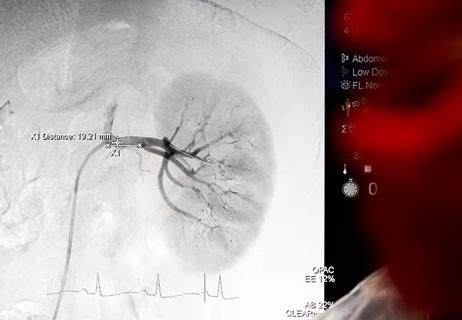
General principles for use of the long-awaited new therapy approach

ACC panel issues call to action to achieve CV health equity in an underserved population
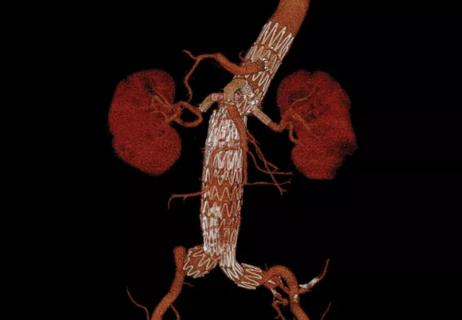
EVAR pioneer Dr. Juan Parodi surveys the past and future of a revolutionary procedure
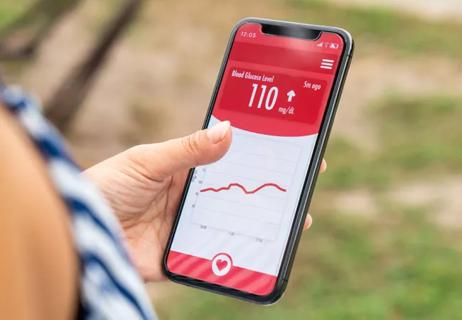
Latest systems combine continuous glucose monitoring with automatic basal insulin delivery
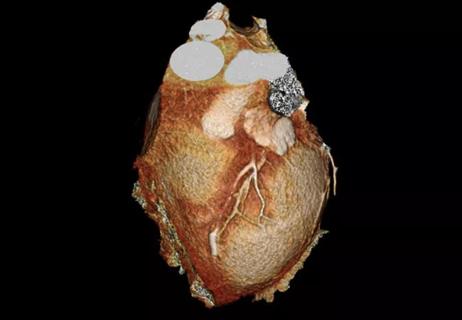
Common congenital lesion is not always benign
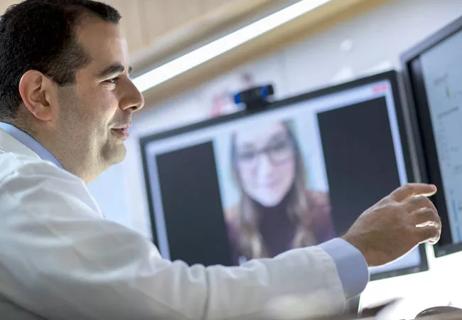
New study yields pre-pandemic insights for the post-pandemic landscape
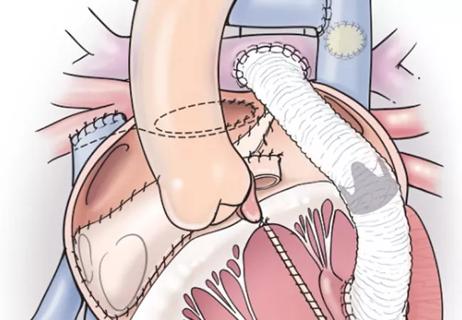
Series of five patients successfully treated with ‘ventricular switch’
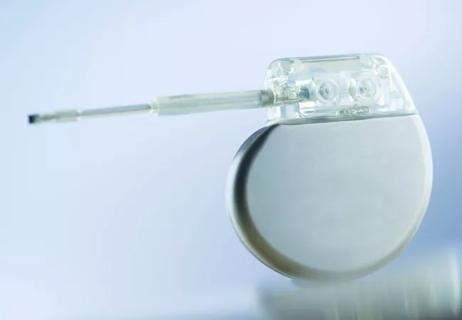
Results also show eagerness to learn more